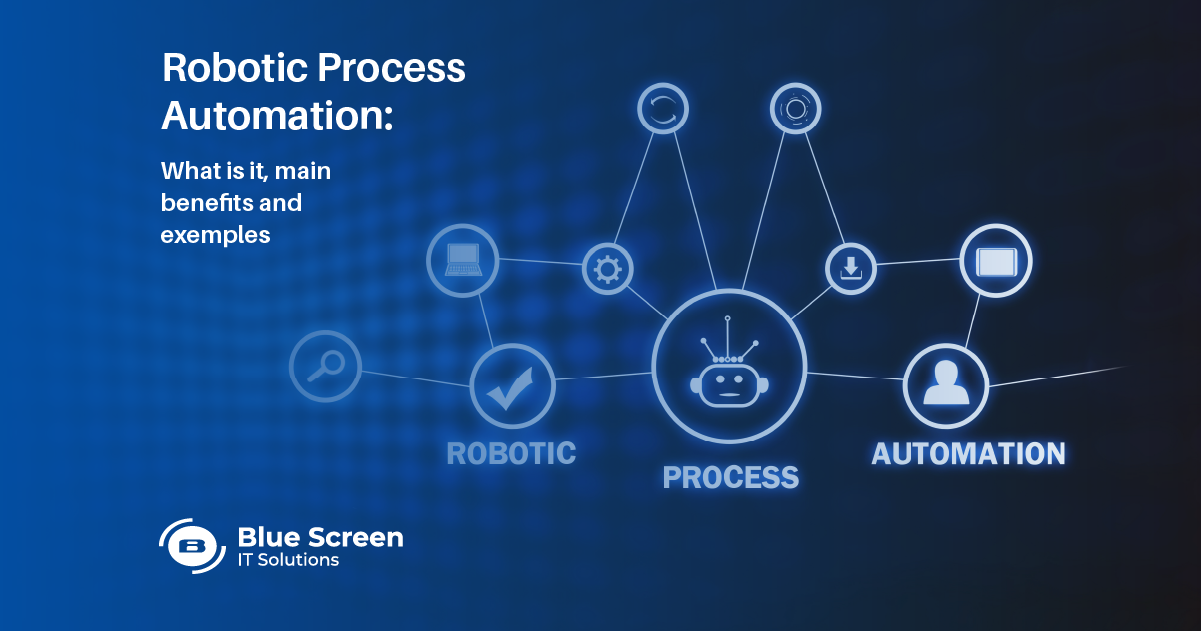Never-stopping innovation, adding continuous value to customers and optimizing team’s work are some of the common goals of any business leader. As we all know, technology – together with the right talent – is the main enabler. In this article, we explore one of the concepts that has grown the most in recent years: Robotic Process Automation (RPA).
RPA is a technology that makes easy to build, deploy, and manage software robots that mimic human interactions with digital systems.
We may say it is complementary to Business Process Automation (BPA) based on metaphorical software robots (bots) or AI (Artificial Intelligence). Both are commonly used to replace humans on repetitive tasks.
It can be combined with techs like NLP (Natural Language Processing) and OCR (Optical Character Recognition), empowering bots to read files, translate voice, convert unstructured to structured data, and input it into your existing systems.
Numbers do not lie
According to some Statista studies, the Robotic Process Automation market is forecast to grow with a CAGR of 27.7% until 2030 and is expected to be valued at 23.9 billion U.S. dollars by that time. Gartner, on its turn, says North America, Western Europe and Japan together are on pace to account for 77% of global RPA end-user spending this year.
Robotic Process Automation: why should you go this way?
So, what’s behind such success? What are the main advantages of this technology and why should your company embrace it? In fact, there is no doubt that RPA can deliver automated and improved business processes and workflows, required to make organizations more efficient, customers happier and teams more productive.
Just like people, software robots are able to do a huge range of things. They do understand what’s on a screen and may interact with it or even complete the right keystrokes. These same robots are also able to navigate systems, identify and extract data as well as perform a wide range of routine tasks – enabling humans to just focus on the strategic and impactful ones. And they can do it all in a kind of “fast mode” and more consistently than humans.
But how?
Robotic Process Automation uses predefined rules (“if this” happens, “then that” should happen) and, whenever something occurs that is not considered, the bot requests human help.
RPA is commonly used in roles, functions, and business units that spend significant time on repetitive, time-consuming and error-prone processes. It plays an especially important role in sectors like insurance, banking, legal and healthcare by helping them to:
- Save time and money
- Enhance customer and employee experience
- Streamline customer onboarding
- Automate data extraction, data entry, and data processing
- Improve process accuracy and compliance
- Mitigate human error
- Increase scalability (bots function as a 24*7 workforce)
- Create smarter, more effective workplaces
Blue Screen already uses Robotic Process Automation on its two digital products powered by the leading low-code platform, OutSystems: XPressBSS as a Customizable ERP, and LMS as a Legal Management System. Follow the links to ask for a demo and see the RPA benefits for yourself.


